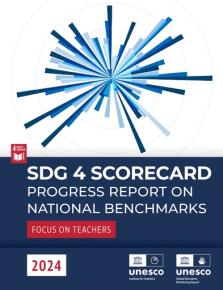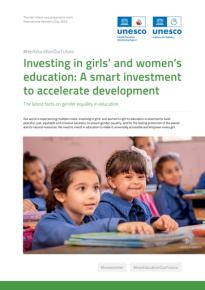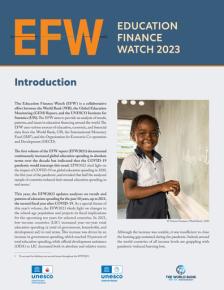Publication
Assessment of media development in Nepal
ISBN : 978-9937-8446-5-9
Collation : 102 p.

Nepal’s Comprehensive Peace Accord sets out an ambitious peace-building framework through its transformational agenda on equality, inclusion, accountability, good governance, and a restructuring of the state. These issues need to be addressed through long-term development processes and interventions based on human rights and the rule of law. Prominent among these overarching values are the right to freedom of expression and the respect for freedom of the press. Their enjoyment is an essential prerequisite for a successful peace process in Nepal. Only free media can lend its voice to all groups in society, thereby mirroring Nepal’s diverse interest groups and their particular needs.
The Assessment of Media Development in Nepal accompanies Nepal in the process of democratic transition and contributes to the development of free, independent, and pluralist media. The study applies the diagnostic instrument of UNESCO’s Media Development Indicators (MDIs), which UNESCO’s Intergovernmental Council for the International Programme for the Development of Communication (IPDC) approved in 2008. Through detailed analysis of all aspects of the media landscape, they guide the efforts of different actors working for media development, as well as the formulation of policies in this field.
The MDIs are a tool to analyse the legal, regulatory, and economic frameworks, in which Nepal’s media operate, their democratic potential, training and skills development, and the information and communication infrastructure. While the analysis is based on international standards and good practices, the recommendations are adapted to the particularities of the national context.
The main part of the study was undertaken in 2011 and 2012, but the report also contains data collected in 2013. It provides a detailed picture of the topography of the country’s media and contributes to present discussions on constitutional and legal reforms and media self-regulation mechanisms. It also provides a baseline for subsequent assessments of Nepal’s media landscape using the five MDI categories.





